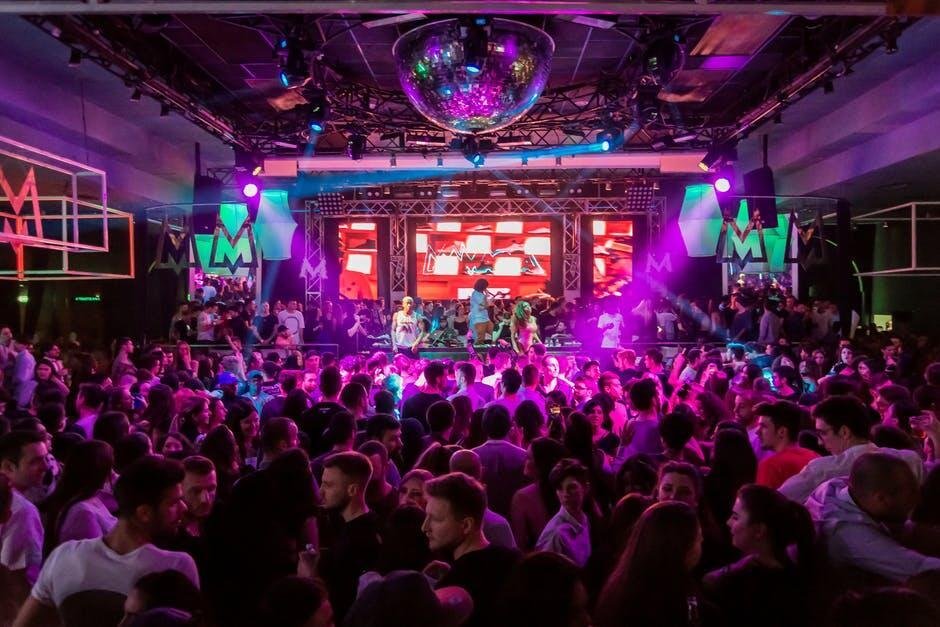Top 9 Tips for Creating Immersive Event Experiences

Have you ever walked into an event and felt pulled into another world?
That kind of moment can feel exciting, strange, or even a little magical. It doesn’t happen often, and that’s why people talk about it for a long time. Some events fade fast, while others leave a mark that stays.
There’s something special about the ones that feel real from the first step. Read on for tips on making those moments stick with people.
1. Focus on Story
Every event feels better when there’s a clear story behind it. People enjoy knowing why things are set up a certain way. It helps them feel more part of the moment.
The story doesn’t need to be big or deep to work well. It can be something simple that ties everything together. That small idea can shape how the whole event feels.
Colors, music, and space can help bring that story to life. You don’t have to explain the story since people can feel it. A good story makes the space feel full even when it’s quiet.
2. Use Lighting Well
Lighting changes how people see and feel inside a space. Even one small light can make a big difference. Soft colors can calm, while bright ones wake people up fast.
Too much light can make things feel flat and cold. On the other hand, dark corners can make guests feel lost. You need the right mix to make things work.
Good lighting helps people notice where to go or what to look at. You don’t have to make it fancy, just thoughtful. Think of it as setting the mood for the room.
3. Engage All Senses
People enjoy events more when they feel part of them. That doesn’t mean looking around is enough. What they hear, smell, and touch also matters.
Soft sounds in the background can change how people walk or move. A clean scent in the air can calm the space down. Even the way a chair feels makes a difference.
Try to give guests more than sights to enjoy. The more senses they use, the more alive it feels. This helps the event stay with them long after it ends.
4. Build Interactive Spaces
People enjoy events more when they get to do something, not just watch. A space feels more alive when guests can move around and join in. Even small moments of action can help break the ice.
You don’t need big tools or high-tech setups to make it work. A clear goal and simple layout can do so much. Think about what will help guests feel part of the whole space.
For those in or near the area, planning a hybrid event in Sydney could be a great move. It gives guests more ways to join and feel included. When people feel involved, the whole event starts to come alive.
5. Keep the Flow Smooth
When people move through a space with ease, they feel more relaxed. If the path feels blocked or unclear, things start to feel slow. Good flow helps the event feel calm, even with a big crowd.
Signs, sound, and lighting can all help guide movement. Guests notice when things feel too crowded or too tight. A smooth layout gives them space to enjoy the moment.
Think about how people will walk from one spot to another. Give them breaks between busy parts of the event. That small pause can help the whole day feel better.
6. Train the Staff
The team behind the event makes a big difference in how guests feel. When people feel welcome, they stay longer and enjoy more. A kind face or helpful voice can turn a bad moment around.
Staff should know where things are and what to say. They don’t need to know everything, only enough to keep things moving. Good training helps them stay calm when things shift.
It also helps the event stay on track without confusion. Guests trust the flow when they see strong support. That trust makes the whole space feel safe and warm.
7. Design with Purpose
The way things look can shape how people feel inside a space. Colors, shapes, and even small signs all play a part. They can pull someone in or push them away.
Design should match what you want the space to say. If the event feels bold, the look should feel bold too. When every part fits the theme, the whole thing feels stronger.
There’s no need to go overboard with design choices. Small touches in the right place can do so much. People notice when things feel well thought out.
8. Add Personal Touches
Guests enjoy feeling seen and valued during an event. A name on a card or a kind word can mean a lot. Even small details help people feel welcome and at ease.
You don’t need to go big for it to work well. A quiet gesture at the right moment can stay with someone. Personal touches help make the space feel less cold.
When people feel at home, they open up more. That’s when the best parts of the event can happen. Good memories often come from those small, human moments.
9. Test Before Launch
It helps to walk through the event space before anyone arrives. You can spot little problems and fix things while it’s still quiet. This small step saves time and avoids stress once the day begins.
Test the sound, lights, and layout to see how everything feels. Try walking the same path guests will take from the start. Notice if anything feels confusing or out of place.
Even a short test run can show you what needs to change. It’s easier to adjust now than in front of a full crowd. Guests will feel at ease when the space flows without confusion.
When the setup feels smooth, people move through it with less worry. A few minutes of testing can help the whole event feel stronger and more inviting from the start.
Create Immersive Event Experiences With These Tips
A great event stays in people’s minds long after it ends. It makes them feel something real and keeps them talking. That kind of moment takes care, time, and clear goals.
You don’t need a huge budget to make it work. What matters most is how people feel when they’re there. Give them something to enjoy, and they will always come back for more.
Are you looking for other helpful content? If so, stay with us and continue reading for more.








